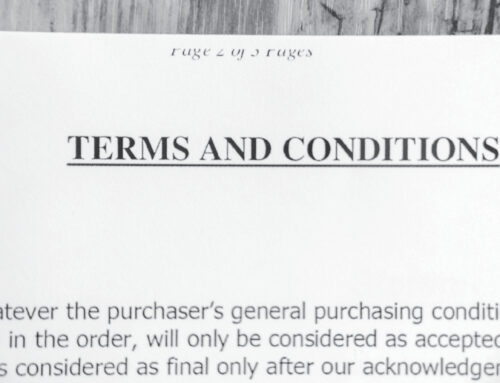The ‘Safe Harbour’ regime under the Corporations Act 2001 (Cth) (the “Act”) provides businesses facing insolvency an opportunity to access legal safe harbour from civil penalties and adverse orders, in circumstances where those businesses would have otherwise been trading whilst insolvent under section 588G of the Act.
Insolvency
The Act imposes a fundamental duty on directors to avoid incurring new debts on behalf of their companies, if those companies are insolvent. Directors may be held personally liable if a liquidator appointed to the company can subsequently establish that debts were incurred by the company in breach of this paramount duty.
In determining whether a company is insolvent, factors taken into consideration include the availability of cashflow and liquidity, the strength of the company’s balance sheet and its resilience to cash-burn in the short-term.
State of the current market
Unsurprisingly, many industries have been tested by economic headwinds which have been aggravated by rising interest rates, labor shortages, diminishing consumer confidence and supply chain pressures. The Australian Financial Review reported that in July 2024, there were a total of 328 insolvencies (an increase of 295 from the prior corresponding period), of which the construction industry accounted for approximately 17%. Other recent notable insolvencies include: (1) prominent online bookseller and retailer, Booktopia; (2) Regional Express Holdings, the owner of Rex airlines, which services both regional and remote communities in Australia; and (3) Bilsons Brewery, the popular Beechworth based brewer of alcoholic and non-alcoholic beverages.
Benefits of Safe Harbour
Directors operating businesses confronted with diminishing cash runways and substantial cashflow pressures should carefully consider whether their businesses are at risk of being insolvent. In doing so, they should evaluate whether the company’s projected cashflows are sufficient to meet its debts as and when they fall due.
The safe harbour regime serves as a statutory framework which can be leveraged by directors faced with this reality. The regime ensures that directors have the surety they need, without the fear of incurring personal legal liability or prematurely appointing an administrator or liquidator, to take reasonable steps to improve the financial prospects of their businesses and ultimately avoid financial catastrophe.
Best practice
To benefit from the Safe Harbour regime, a director must be able to verify that the debts were incurred in pursuit of one or more initiatives that are reasonably likely to result in a better outcome for the company, relative to an immediate liquidation or administration of the company. Examples of such initiatives typically include:
- implementing restructuring efforts or cost-cutting plans;
- divestiture of non-core assets to repay debts and optimise the business’ cost-structure or operating model;
- pursuing strategic mergers or acquisitions; or
- securing investment to facilitate an injection of cash into the business.
We strongly encourage that directors seeking to rely on the Safe Harbour protections take prompt and early action to develop a thoughtful strategy to improve the business’ prospects. That strategy should be developed in collaboration with seasoned professional advisers and should be underpinned by a rigorous approach to record keeping and procedure, including measuring the company’s performance against intended objectives.
Veroshan Sripragasan
Senior Lawyer







